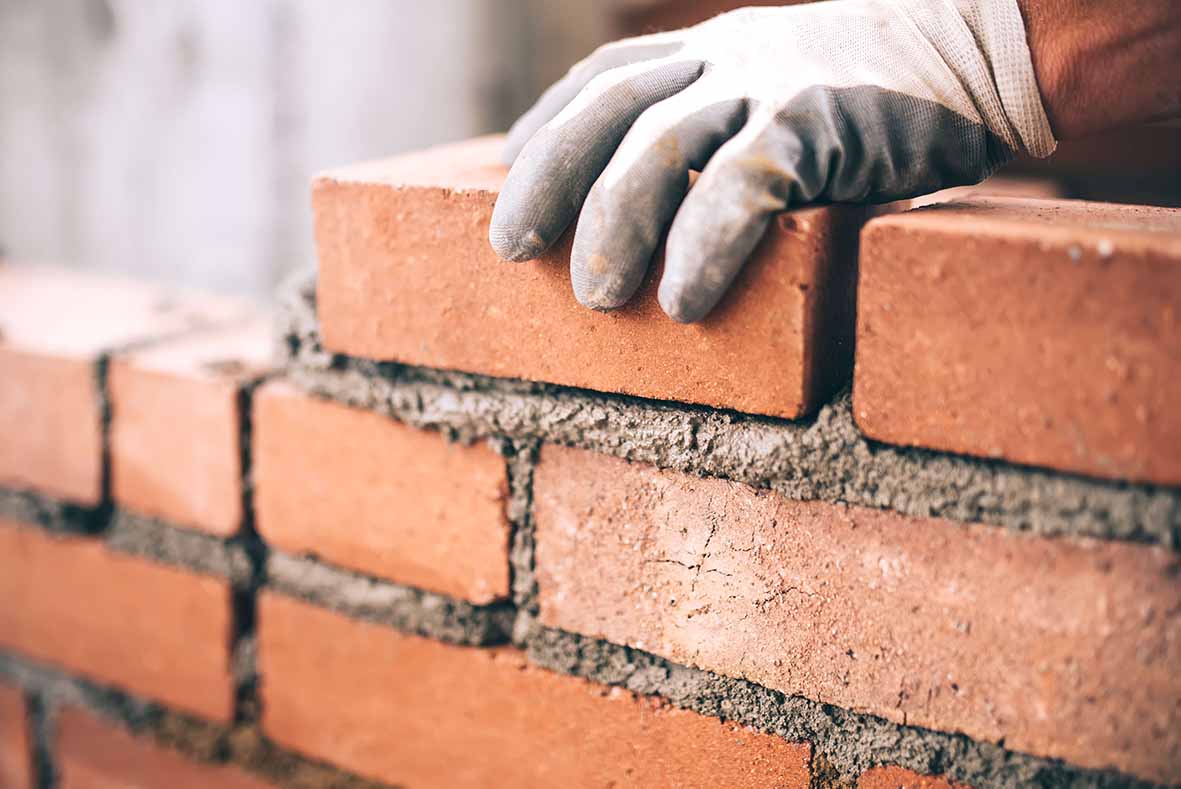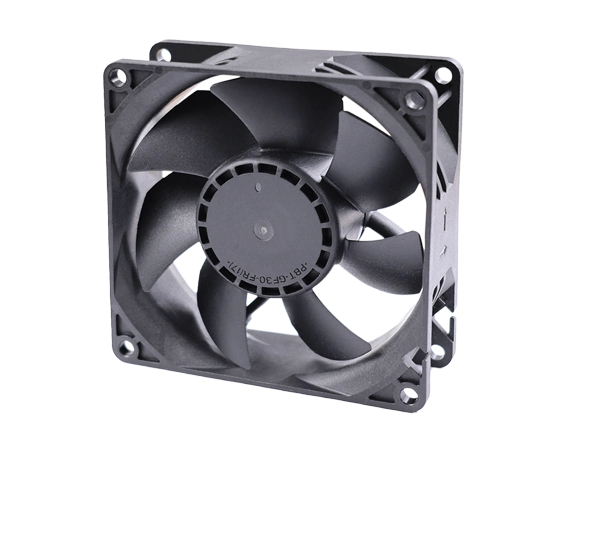
When it comes to constructing a house, the choice of materials for the walls plays a crucial role in determining its strength, durability, and overall aesthetic appeal. In this blog post, we will delve into the world of wall materials, exploring the various options available in the market today. From traditional choices to innovative and sustainable alternatives, we will uncover the secrets behind the materials used for walls in a modern house.
- Traditional Materials:
1.1 Brick: A timeless classic, bricks have been used for centuries due to their durability and fire resistance. They provide excellent thermal insulation and can withstand extreme weather conditions.
1.2 Concrete: Known for its strength and versatility, concrete is a popular choice for both load-bearing and non-load-bearing walls. It offers excellent sound insulation and can be molded into various shapes and sizes.
1.3 Stone: Natural stone, such as granite or limestone, adds a touch of elegance and sophistication to any house. It is renowned for its durability and resistance to wear and tear. - Innovative Materials:
2.1 Structural Insulated Panels (SIPs): SIPs consist of a foam core sandwiched between two structural panels, typically made of plywood or oriented strand board (OSB). They provide excellent insulation, reduce energy consumption, and offer quick installation.
2.2 Fiber Cement: Composed of cement, sand, and cellulose fibers, fiber cement boards are highly durable, fire-resistant, and resistant to rot and pests. They can mimic the appearance of wood, stucco, or masonry.
2.3 Rammed Earth: This ancient building technique involves compacting layers of earth within a formwork. Rammed earth walls provide excellent thermal mass, regulating indoor temperatures naturally. They are environmentally friendly and have a unique, earthy aesthetic. - Sustainable Materials:
3.1 Recycled Materials: With a growing focus on sustainability, using recycled materials for walls has gained popularity. Recycled bricks, reclaimed wood, or even repurposed shipping containers can be used to create unique and eco-friendly wall structures.
3.2 Hempcrete: Made from a mixture of hemp fibers, lime, and water, hempcrete is a lightweight and breathable material. It offers excellent thermal insulation, absorbs carbon dioxide during its production, and reduces the carbon footprint of a house.
3.3 Aerated Autoclaved Concrete (AAC): AAC is a lightweight, precast building material made from natural raw materials such as sand, cement, lime, and aluminum powder. It provides excellent thermal insulation, fire resistance, and soundproofing properties.
Conclusion:
Choosing the right material for the walls of a house is a critical decision that affects its overall performance, sustainability, and aesthetic appeal. From traditional options like bricks and concrete to innovative choices like SIPs and rammed earth, and sustainable alternatives like recycled materials and hempcrete, there is a wide range of materials available to suit every homeowner's needs and preferences. By understanding the characteristics and benefits of each material, you can make an informed decision that ensures a durable, energy-efficient, and visually appealing home.
